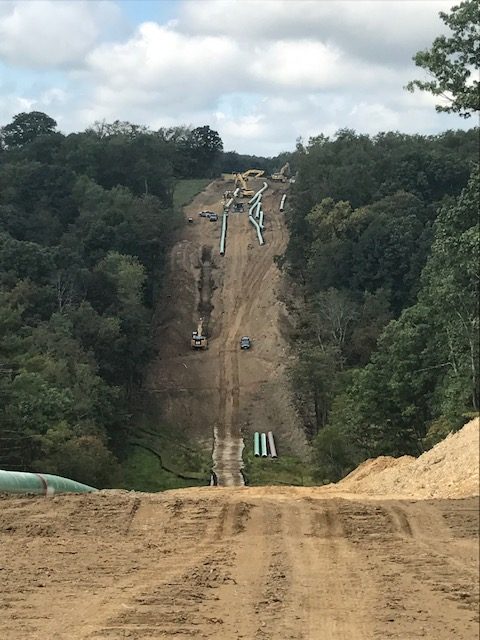An ancestor owned oil and gas rights – how do I get title to them?
We are seeing a lot of situations where our clients have learned that they own mineral rights that were earlier reserved by an ancestor. They typically learn of this through an oil and gas company who has researched title on a parcel they are interested in leasing (or sometimes on a parcel that has already been drilled). The company discloses who reserved the minerals and describes its...Read More
0
Dormant Minerals – Searching for Heirs
A previous article discusses more generally the notice requirements in Ohio’s Dormant Minerals Act Who must be notified? Before declaring a mineral interest as abandoned, a surface owner must first provide adequate notice to the “mineral holder.” Many times, the mineral holder is deceased and has been for many years. If that’s true, the surface owner must notify the...Read More
0

Pipeline Construction Issues
As a pipeline attorney, I spend a lot of time impressing upon potential clients the importance of having a rock-solid pipeline contract (this can be an Easement or Right-of-Way). The importance of a thorough, specific pipeline contract cannot be overstated. There is something else I say that often surprises landowners, and that is, “no matter how solid I make the contract, neither of us can...Read More
0
Things Land Agents Say – Part Two
This is a second post in a series describing common promises or other statements land agents make to entice landowners to signing leases, easements, or other agreements relating to oil and gas or pipeline transactions. Click here to view part one. “The crops will grow right over it, you won’t even know it’s there!” While the first part of this statement may be true, the second part is a...Read More
0
Things Land Agents Say
Things that Land Agents Say – Part One Part Two can be viewed here. Today I thought I would write some of the things that I’ve heard land agents say to entice landowners to sign oil and gas documents. Part One will cover things that are not specific to a particular type of oil and gas contract, meaning that you could hear these phrases in lease, well-pad, pipeline, or other oil and gas...Read More
0
Oil and Gas Protection Leases – A Good Idea?
What’s a Protection Lease? Suppose there is an issue with the title to minerals under a 100 acre farm and it is clear that either Party A owns those minerals or Party B owns them. Suppose further that this farm sits in the middle of a planned unit for a horizontal Utica shale well. What can an oil and gas producer do to fix that situation? More frequently, producers are using...Read More
0
Unresolved Issues with Ohio’s Dormant Mineral Statute
Some of the issues discussed below have been clarified by Ohio courts. Read more here. Background Over the past few years, Ohio’s courts, at all levels, have dealt with a number of issues pertaining to O.R.C. 5301.56, often referred to as Ohio’s dormant mineral statute. At this point in time, several such issues are about to be ruled upon by Ohio’s Supreme Court. One issue of importance,...Read More
0
Obtaining Unexpected Profits from Ohio’s Dormant Minerals Act
Overview Ohio’s dormant minerals act (DMA) is designed to rejuvenate abandoned oil and gas reservations by granting them to the surface owner (a more detailed explanation of the DMA can be found here). A basic DMA process with one oil and gas holder: In a very basic scenario, the Surface Owner notifies the oil and gas Holder that their rights will be declared abandoned in 60 days. In...Read More
0

